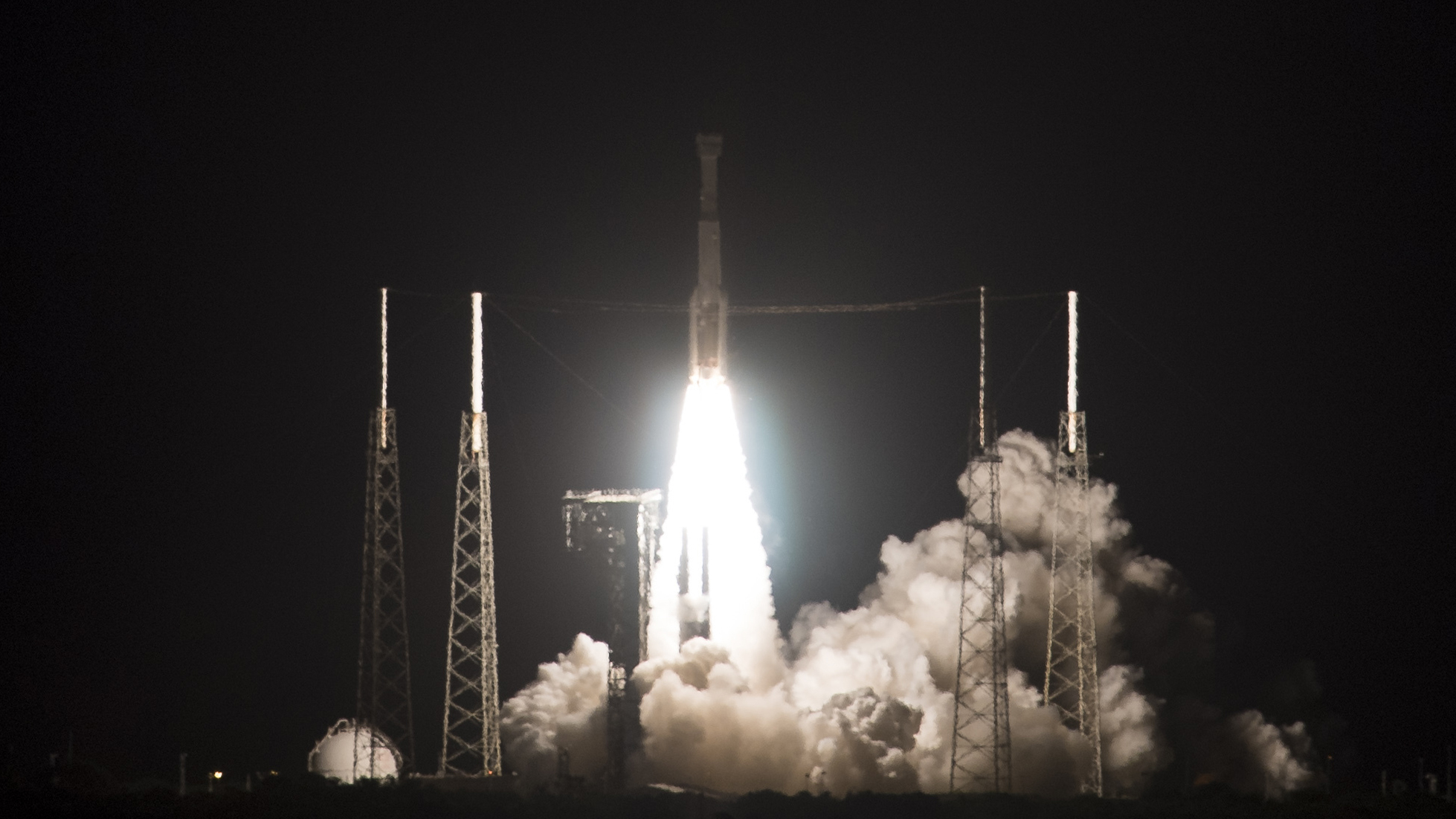When the Space Shuttle Atlantis lifted off in 2011, it was the last time astronauts left earth on a U.S. built spacecraft.
Plans to get back to flying again took what may be a serious setback.

The Boeing Company’s Starliner lifted off Friday morning atop an Atlas Five rocket. The test launch of the vehicle without a crew was flawless. After separating from the rocket, Starliner’s onboard engines were supposed to lift it into an orbit that would allow the vehicle to chase down and rendezvous with the International Space Station.
But NASA Administrator Jim Bridenstine at a post-launch news conference said that didn’t happen. “When the spacecraft separated from the launch vehicle, we did not get the orbital insertion burn that we were hoping for. It appears as though the mission elapsed timing system had an error in it," he said.
The bottom line, the spacecraft thought it was performing the needed burn when in fact it was not. Ground teams tried desperately to send commands to the vehicle to perform the burn. But Bridenstine said by the time they signaled the vehicle, “it was a bit too late.”
Boeing’s Senior Vice President Jim Chilton told Space.com, “We ended up in a place in space we didn’t expect to be.” The Starliner was maneuvered into a stable orbit. The plan now is to de-orbit the spaceship on Sunday and bring it back for a landing in the New Mexico desert. According to Administrator Bridenstine, a lot of things went right. And, bringing Starliner back for a parachute and airbag landing will add valuable information about the system’s capability.
This was supposed to be the final test for Starliner. If all had gone well, Boeing was hoping to fly astronauts by the middle of next year. If this turns out to be a software and not a hardware issue, it is possible Boeing might still make it. But NASA could require another un-crewed flight first before giving Boeing the green light. At the news conference, Bridenstine said, “We don’t know what the root cause is. I’m not saying yes, and I’m not saying no.”
Next month, the SpaceX Dragon vehicle will go through a final test of its escape system before NASA will certify it good to go to fly astronauts. If that goes as planned, SpaceX could be flying astronauts to the space station by next spring. But Friday’s Starliner malfunction is proof again there are no certainties when it comes to spaceflight.
Boeing and SpaceX are already more than two years behind schedule getting U.S. astronauts back in space.